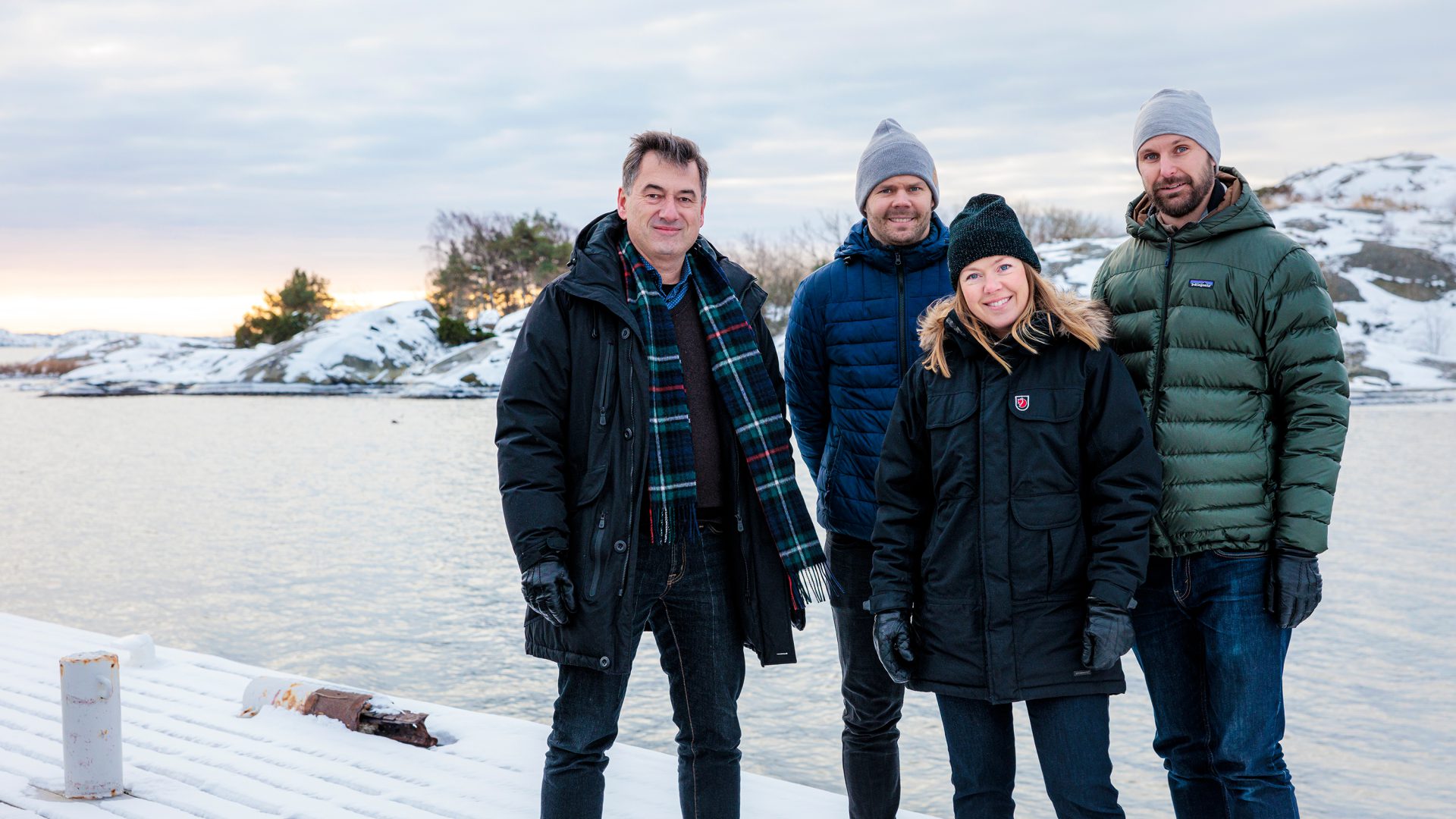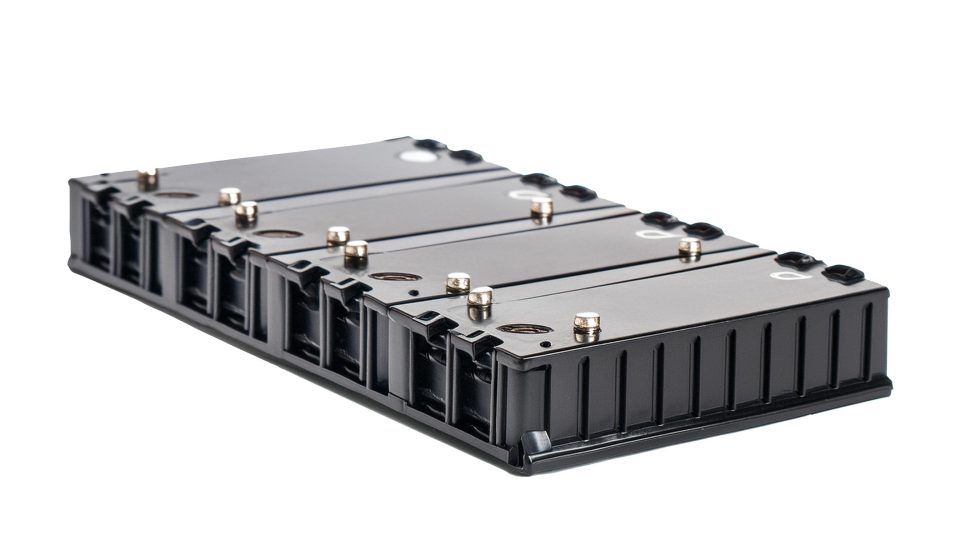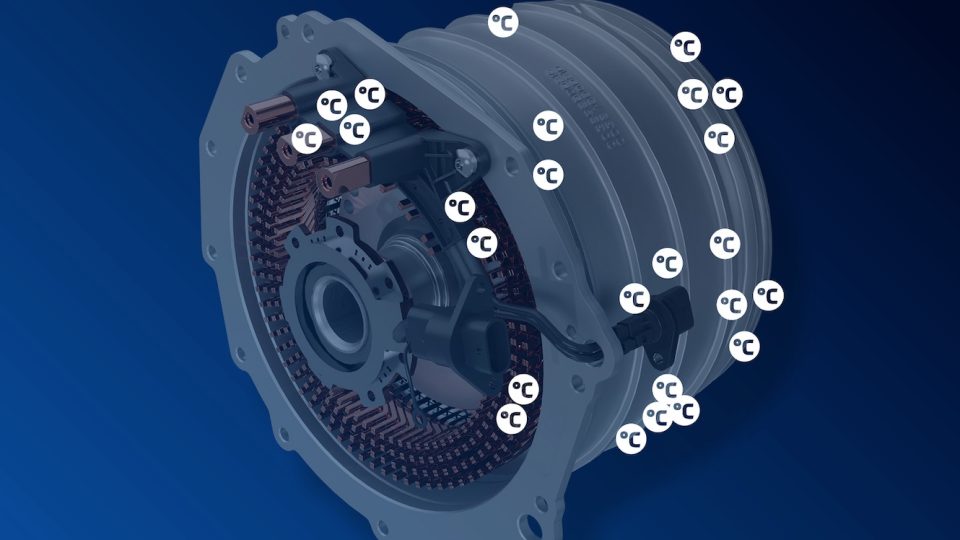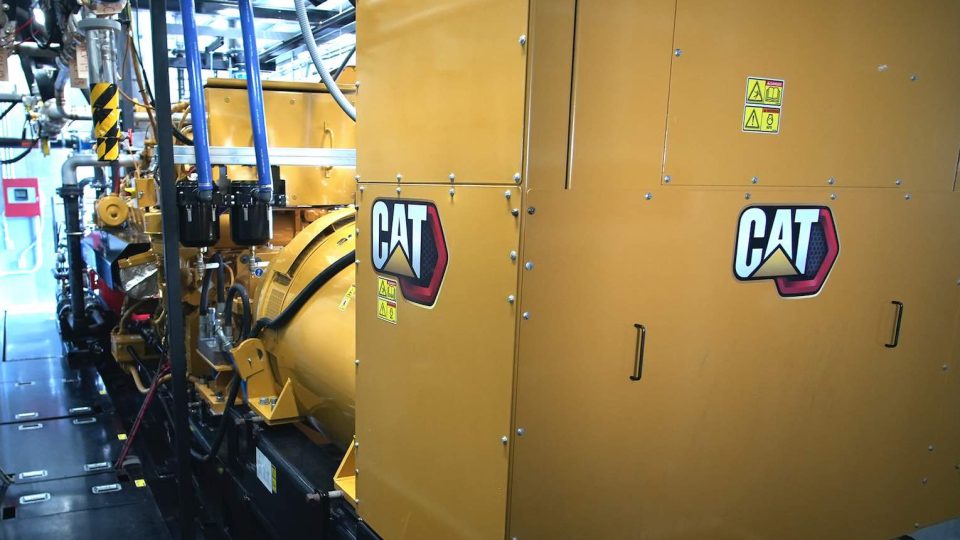Volvo Penta: testing an electric vessel destined for Arctic conditions
Volvo Penta’s advanced hybrid solution for Hurtigruten Svalbard’s new sightseeing vessel, the Kvitbjørn (“Polar Bear” in English), was recently put through its paces during its first test at sea.
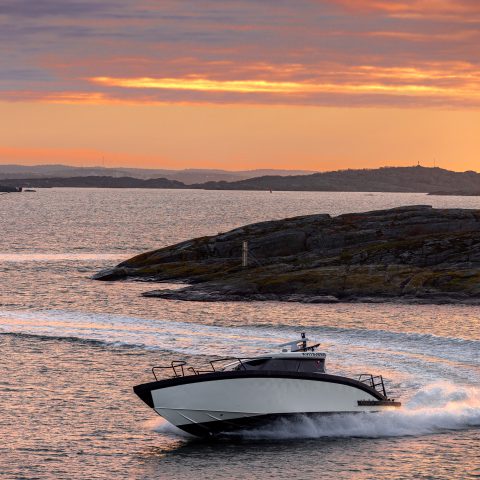
The vessel – which was first announced in November 2021 by Volvo Penta and Hurtigruten Svalbard – has the potential to transform the sustainable tourism industry by allowing guests to experience the wonders of Svalbard without disturbing the area’s nature and habitat, thanks to its near-silent operation. She will be formally unveiled in May at a special launch ceremony in Svalbard, before going into a three-year pilot test with Hurtigruten Svalbard. However, before the vessel is delivered the Volvo Penta team performed extensive tests and verifications at Volvo Penta’s marine test facility in Krossholmen, Gothenburg – in order to simulate the icy conditions the vessel is destined for.
Volvo Penta: testing the perfect product
This vessel represents a big step in Volvo Penta’s journey to electromobility at sea. It is one of the first times that the company has taken a full-systems approach when developing a hybrid-electric solution and one of the first times the company has designed a battery system able to operate at Arctic temperatures.
“This project was one of many first,” says project lead, Mario Celegin. “The battery system is particularly interesting. Usually, these systems have to be cooled to between 20-30°C to operate safely and efficiently. But this vessel will be working in extreme temperatures – the average summer water temperature in Svalbard is around -2 to 0°C. To keep the battery temperatures at a steady 15°C, we’ve had to develop an integrated heating and cooling system that doesn’t circulate seawater to avoid icing.”
For this project, Volvo Penta’s testing has been split into two distinct steps. Firstly, there was an accelerated test program of a prototype vessel. The second stage was to test the final vessel before delivering it to the customer, Hurtigruten Svalbard for sea trials. This testing period was a lot shorted – to limit wear and tear and guarantee a pristine product, but it was still important. The team of Volvo Penta engineers, software developers, and professional test drivers ran tests in endurance, performance and stability, electromagnetic compliance, battery cooling, heating performance, and diagnosis.
Volvo Penta: incredible results
So far, the vessel ticks all of the boxes that Volvo Penta and Hurtigruten Svalbard wanted to achieve. The brand-new hybrid vessel is virtually silent in fully electric mode, has an incredible range of 500 nm, and is easily maneuverable. The Volvo Penta team was especially pleased with the functional stability of the system and the seamless ease this gives the operator when switching between driving modes.
Currently, the vessel is with boatbuilder Marell Boats for the final details of the build. The next stage of Volvo Penta’s project with Svalbard’s oldest tourist operator, Hurtigruten Svalbard, will see the vessel, a state-of-the-art hybrid Marell M15, begin official sea trials in May 2022 which are set to run for the next few years.
